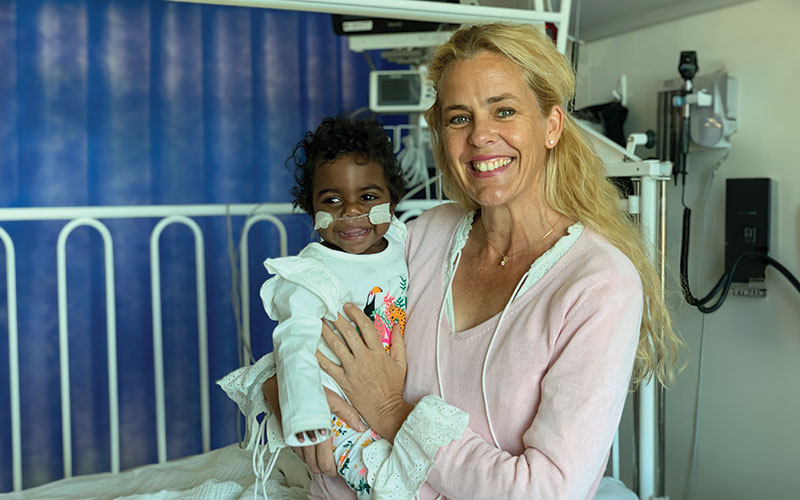Search
Showing results for "aboriginal respiratory"

Research
A collaborative yarn on qualitative health research with Aboriginal communitiesIn this paper, we seek to provide guidance for researchers who are new to undertaking research with Aboriginal and Torres Strait Islander communities
Research
Aboriginal and non-Aboriginal children in Western Australia carry different serotypes of pneumococci with different antimicrobial susceptibility profilesDifferences in pneumococcal serotypes, genotypes, and antimicrobial susceptibility between Aboriginal and non-Aboriginal children living in the same area
Research
Which reference equation should we use for interpreting spirometry values for First Nations Australians? A cross-sectional studyTo evaluate the suitability of the Global Lung Function Initiative (GLI)-2012 other/mixed and GLI-2022 global reference equations for evaluating the respiratory capacity of First Nations Australians.
Research
Variants associated with HHIP expression have sexdifferential effects on lung functionLung function is highly heritable and differs between the sexes throughout life. However, little is known about sexdifferential genetic effects on lung function. We aimed to conduct the first genome-wide genotype-by-sex interaction study on lung function to identify genetic effects that differ between males and females.

Culturally secure intervention to facilitate medical follow up for Aboriginal children, after being hospitalised with chest infections, have proven to improve long-term lung health outcomes.
Research
The global lung function initiative (GLI) network: Bringing the world’s respiratory reference values togetherThe Global Lung Function Initiative (GLI) Network has become the largest resource for reference values for routine lung function testing ever assembled.
Research
Lung function in African infants: A pilot studyUnsedated infant lung function measures of tidal breathing, MBW, and eNO are feasible in a semi-rural African setting
Research
A cross-sectional survey of environmental health in remote Aboriginal communities in Western AustraliaPoor environmental health is prevalent in remote Aboriginal communities and requires further delineation to inform environmental health policy
Research
Early lung surveillance of cystic fibrosis: what have we learnt?Newborn screening (NBS) for cystic fibrosis (CF) provides an opportunity to commence management and therapeutic interventions significantly earlier
